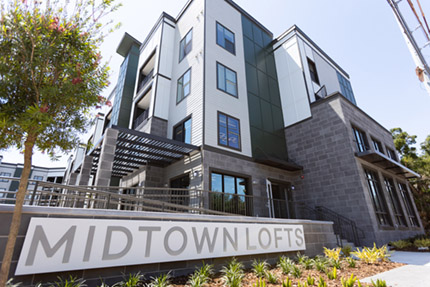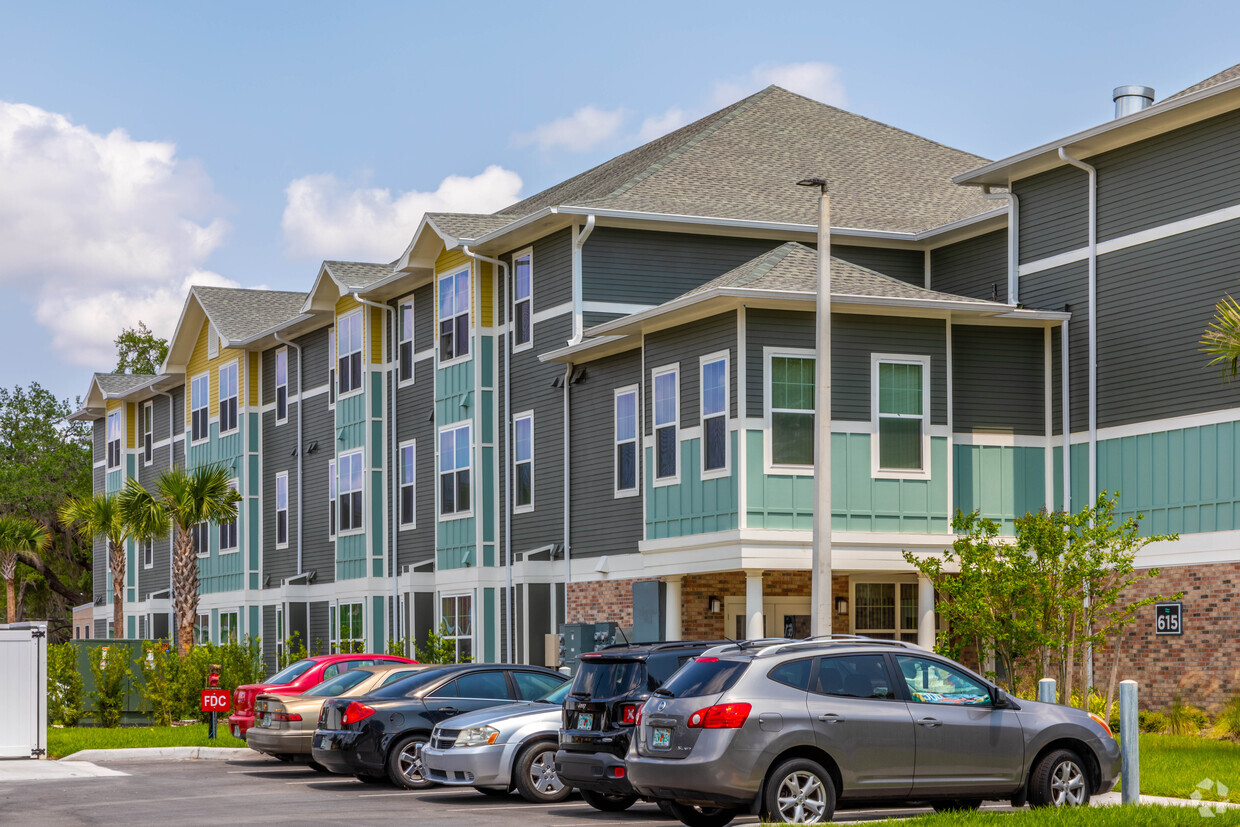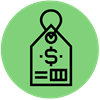

What is affordable housing?
Affordable housing, low-income housing, subsidized housing, and Section 8 housing are sometimes used interchangeably to describe what is generally income-based housing. This means the annual household income of individuals within these units falls below a certain level based on household size.
Affordable housing exists when a household's monthly rent or mortgage payment (including taxes, insurance, and utilities) is no more than 30% of the household's gross annual income. People who pay more than this are considered "cost-burdened." Those who pay more than 50% are "severely cost-burdened."
High housing prices can slow down a local economy, leaving jobs unfilled and siphoning spending power away from local goods and services. The benefits of affordable housing extend beyond the households and families served.
10 Ways All Lakelanders Benefit from Affordable Housing

Health & education
Decent, affordable housing fulfills a basic human need for shelter. Children in stable housing do better in school and have fewer behavior problems. Adults have fewer stress-related health problems. We all benefit when our community members are healthier.

More local spending
By providing affordable housing, income that would have been spent on housing is freed up to be spent on goods and services, boosting the local economy.

Real estate price stability
Increasing the supply of housing to meet surging demand helps prevent inflationary bubbles in rent and real estate prices. This reduces foreclosures and evictions.

Quality construction
Projects done in partnership with the city have rigorous standards for design, construction, management, and maintenance. Numerous studies have shown that affordable housing generally has a neutral or positive effect on surrounding property values.

Workforce housing
Affordable housing is sometimes called “workforce housing” because many of those housed are essential workers: teacher’s aides, nursing assistants, retail clerks, construction workers, and more. Everyone benefits when essential workers have places to live.

Competitive advantage
Affordable homes can attract and retain employees to a community, which is a competitive advantage for area employers.

Community Redevelopment
When affordable housing is built in blighted areas or as infill development, it can revitalize struggling communities. Quality affordable housing is preferable to vacant lots or dilapidated buildings.

Shorter commutes
When affordable housing is built near employment centers, it allows workers to live close to their jobs. Shorter commutes reduce traffic congestion, air pollution, and wear and tear on roads.

Investment & tax revenues
Affordable housing brings state, federal, and private investment to the community. While developers get breaks on impact fees, those incentives are a small fraction of the millions of dollars poured into the community during construction and later in property taxes.

Infrastructure upgrades
Construction of affordable housing typically goes hand-in-hand with upgrades to water and sewer lines, electricity capacity, roads, and mass transit. It spurs investment in infrastructure.












